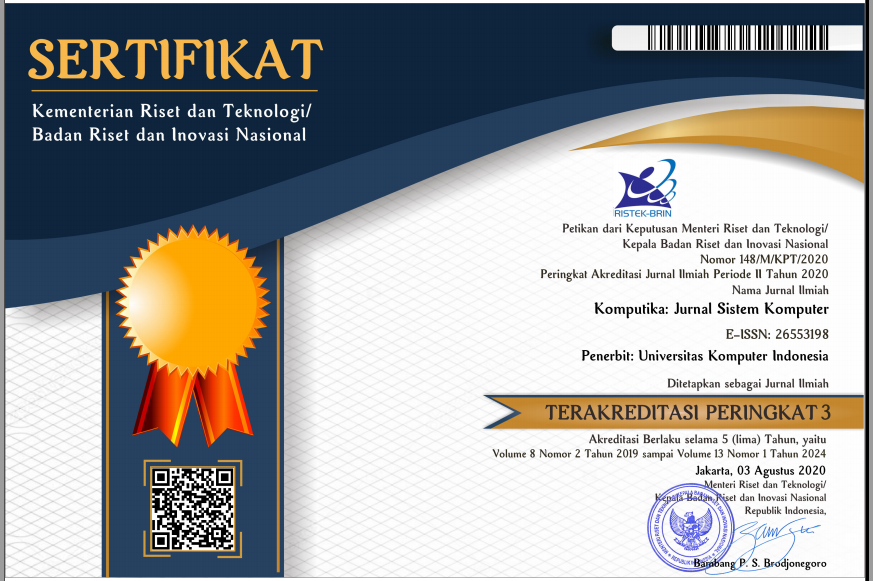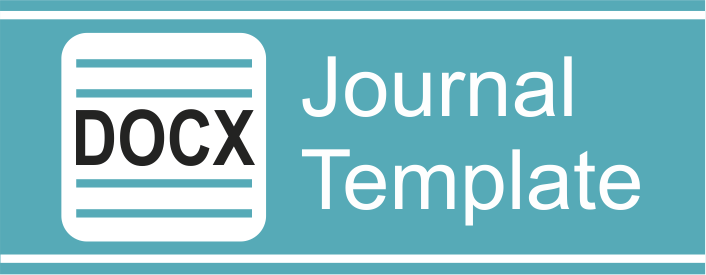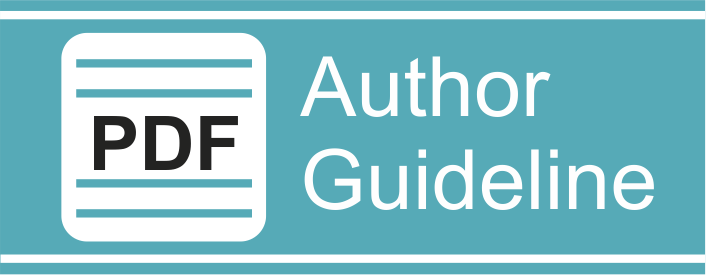Analisis Cluster dengan Metode Partitioning dan Hierarki pada Data Informasi Kemiskinan Provinsi di Indonesia Tahun 2019
DOI:
https://doi.org/10.34010/komputika.v10i2.4317Abstract
Poverty is an important indicator in seeing the success of a country's economic development. The poverty rate in Indonesia is 9.22 percent with a total poor population of 24.79 million people. Poverty data in each region will be different, influenced by various indicators. Therefore, it is important to categorize regions in Indonesia based on poverty characteristics so that the government can make the right policies related to poverty reduction. This study uses two clustering methods, namely partitioning and hierarchy to group provinces in Indonesia based on poverty characteristics. The partitioning method chosen is K-Means. The data used are 8 poverty variables in 34 provinces in Indonesia in 2019 The determination of the number of clusters using internal validation and stability validation shows that the hierarchical method with the optimum number of clusters 2 produces the most optimal clusters. The comparison of the hierarchical method is assessed based on the agglomerative coefficient, where the Ward method is able to provide the best grouping results.



















